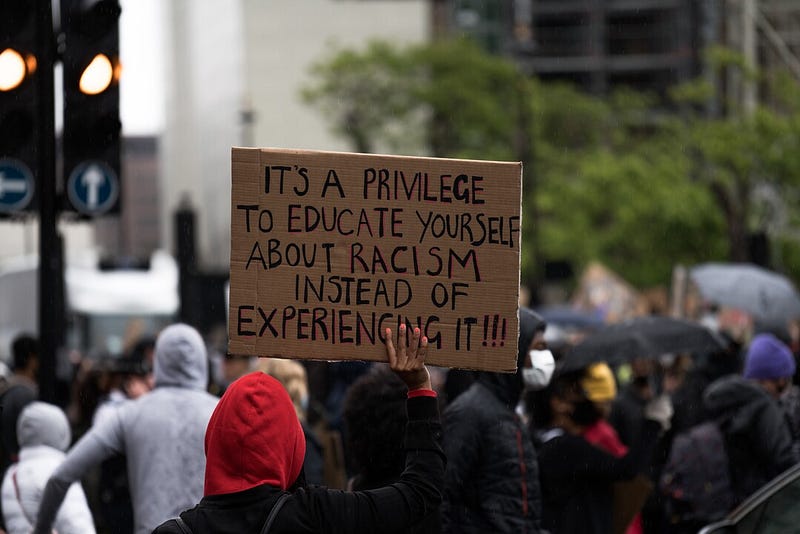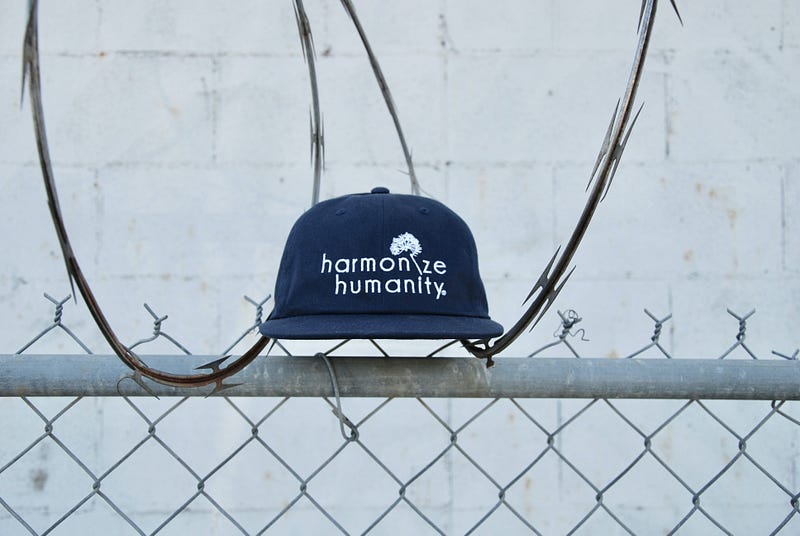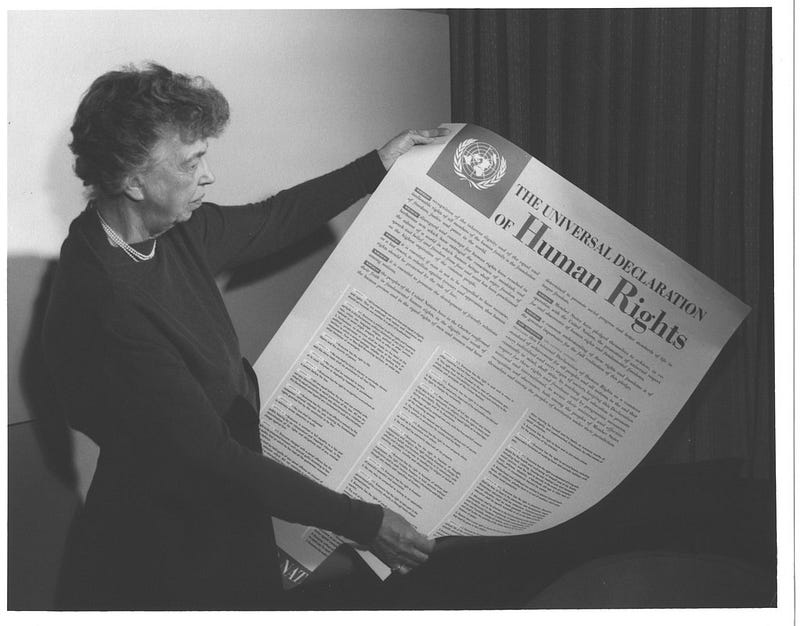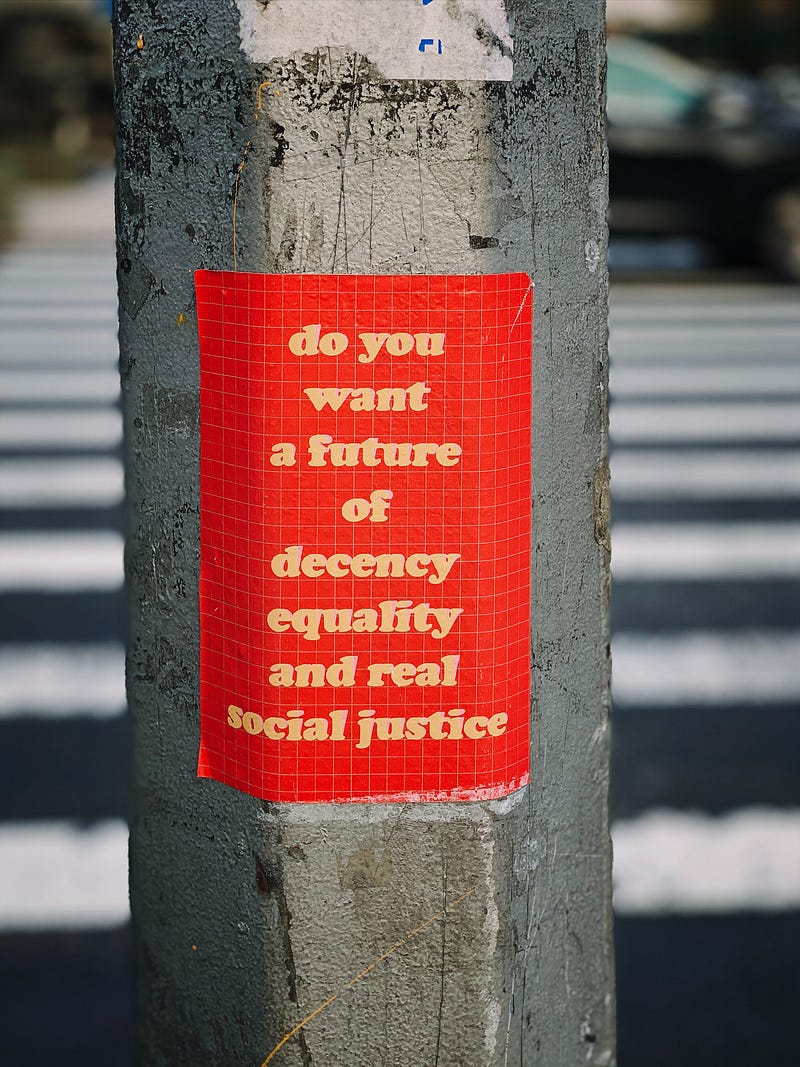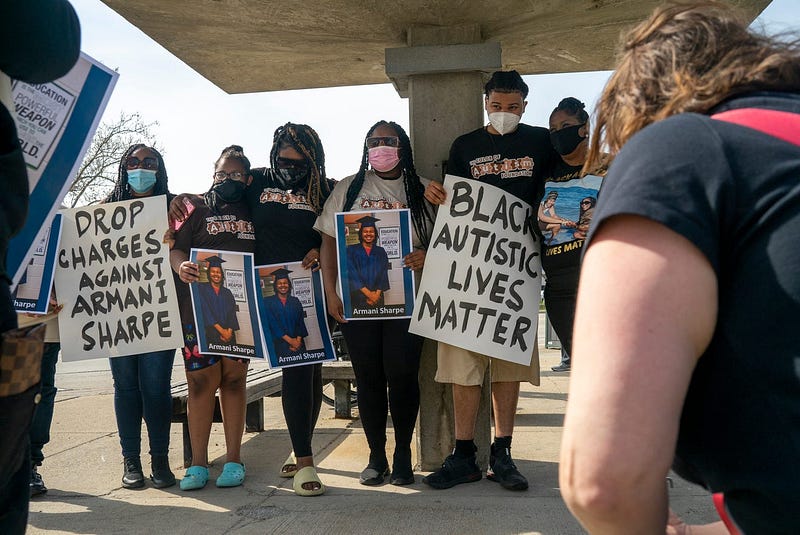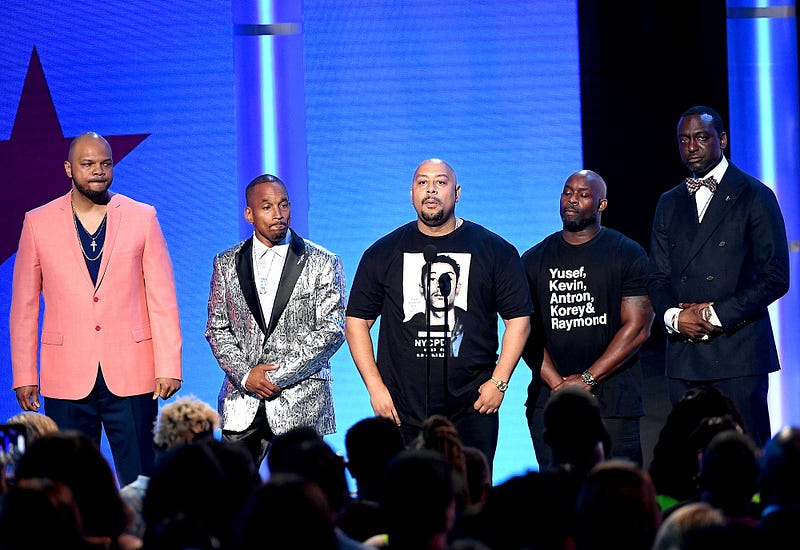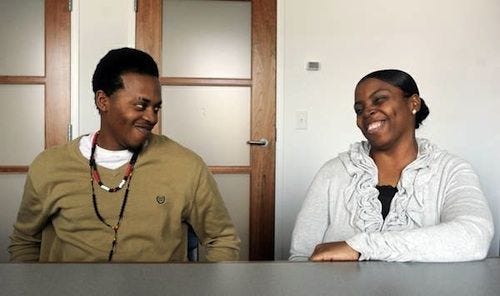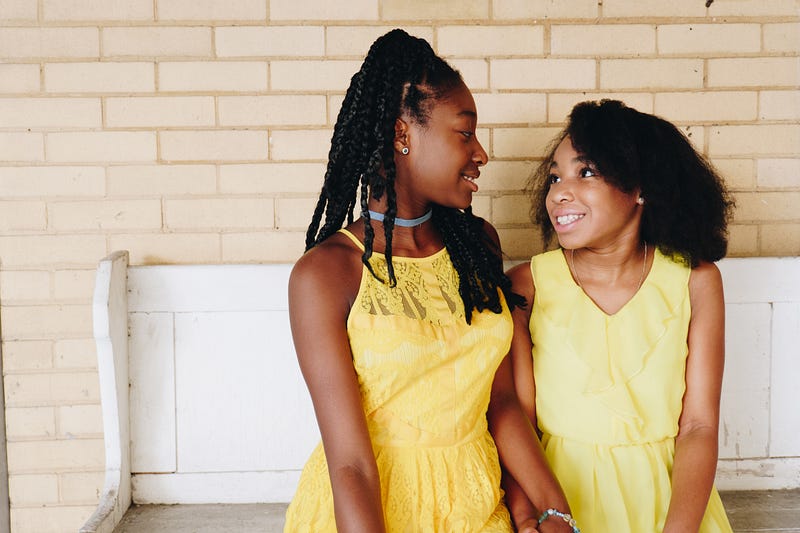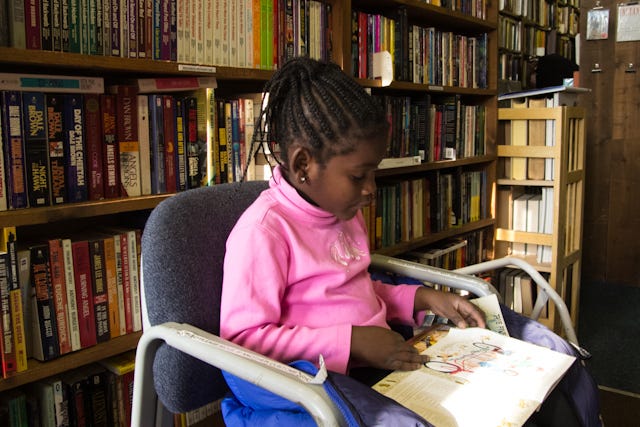Unconscious bias is the notion that we all hold biases for or against certain things, people, places, et cetera without really realizing it. Some argue that categorizing humans and developing biases is evolutionarily beneficial—it helped us identify threats and preserve resources at a time when that was a more pressing concern. While we no longer need to protect ourselves in these ways, we still hold and perpetuate unconscious biases.
Unconscious biases—including racism, sexism, ableism, classism, and more—are taught through constant social and cultural messages. We learn them through the media. Who is the hero? Who is the villain? What social identities (i.e. race, gender, etc) do the characters have? Who is missing from these stories? These messages have consistently taught media consumers (read: you) that white males are pretty great; white women can be pretty great, but are also annoying and weak; all people of color are marginally important or violent; people with disabilities are here to teach us moral lessons; and brown people are terrorists.
While there have been improvements in the racial diversity of lead actors in Hollywood, the balance is still far below that of the racial diversity of the general US population. The story is the same, or worse, for other marginalized identieis such as gender, disability, LGBTQIA+, etc. Source: The Hollywood Diversity Report
The same goes for our education system, which continues to whitewash history. Recent calls to get rid of African American history, gender-inclusive teaching, and other critical lessons about marginalized communities only exacerbates the issue. As a professor at Emory University, my students were shocked to learn of the Native American genocide and the horrific practices white colonizers engaged in to “kill the Indian and save the man.” [If you don’t know what I’m referring to, you have been exposed to whitewashed history! And if you want to learn about this shockingly recent American history, I recommend this documentary.]
“Cognitive schemas—thought structures—influence what we notice and how the things we notice get interpreted.” ― Michelle Alexander, The New Jim Crow: Mass Incarceration in the Age of Colorblindness
Lessons of bias are taught implicitly—we don’t notice we are learning them—and they are held implicitly—we don’t notice we hold them. We may feel we aren’t racist, sexist, ableist, Islamophobic, heterosexist and so on; we know these perspectives are bad and even vocally reject them. But here’s the thing—we are all biased. Every. Single. One of us. No one escapes the influence of cultural messages and so we all take on these biases. I’ve been working toward equity and inclusion for years and yet I know that I still hold biases.
However, we can all counteract these biases, starting with simply recognizing our own biases. Implicit Associate Tests may help. In the mid 1990s, social psychologist Anthony Greenwald spearheaded a project that resulted in the Implicit Association Test (IAT), which is designed to test our unconscious biases. Currently, Harvard’s Project Implicit is host to several iterations of these tests anyone can take for free. While there are limitations to these tests, they are a useful tool to help people understand that these biases are housed in our instincts. They reveal knee jerk reactions, or biases, we have internalized and which have become habitual.
People are highly resistant to admitting they have biases, but failing to admit one has biases can lead to a range of negative outcomes. As a diversity, equity, and inclusion (DEI) consultant, I see this play out in hiring practices, discussions on affirmative action, reactions to Employee Resource Groups (ERGs), and a general attitude that diversity work is for everyone else.
We are also able to intentionally counteract these biases. When we start to notice our unconscious biases, we can make conscious efforts to counteract them. So, for example, when your instinct tells you that a woman must be the receptionist and not the boss, your awareness of your enculturated sexism can help you check your assumptions and avoid that mistake.
“I think unconscious bias is one of the hardest things to get at.”—Ruth Bader Ginsburg
We are never done with countering our biases or learning about the experiences of those who are different. But if you’re ready to get started, here are some suggestions on how to do so:
Learn about people who are different from you: This doesn’t have to feel like a school project. You can read novels, watch movies or tv shows, listen to podcasts and just in general consume media created by people who are different from you.
Take an Implicit Association Test or two: This tool can be helpful in learning to face our biases, but make sure you take them correctly (i.e. as fast as possible)!
Spend some time thinking about ways your behaviors are driven by biases and come up with plans to change it: If you realized that you generally go to the men on your team for advice or help, try seeking out women or gender non-conforming folks for their perspective.
Enter unfamiliar spaces: Check out a festival, movie opening, restaurant, grocer, or cultural event where you will be around people outside of your normal social circle.
Own your mistakes: We all make mistakes, so own up to it and change your behavior based on it. This doesn’t mean a protracted apology tour, a simple “Thank you for letting me know. I’ll be sure to avoid that in the future” is great.






